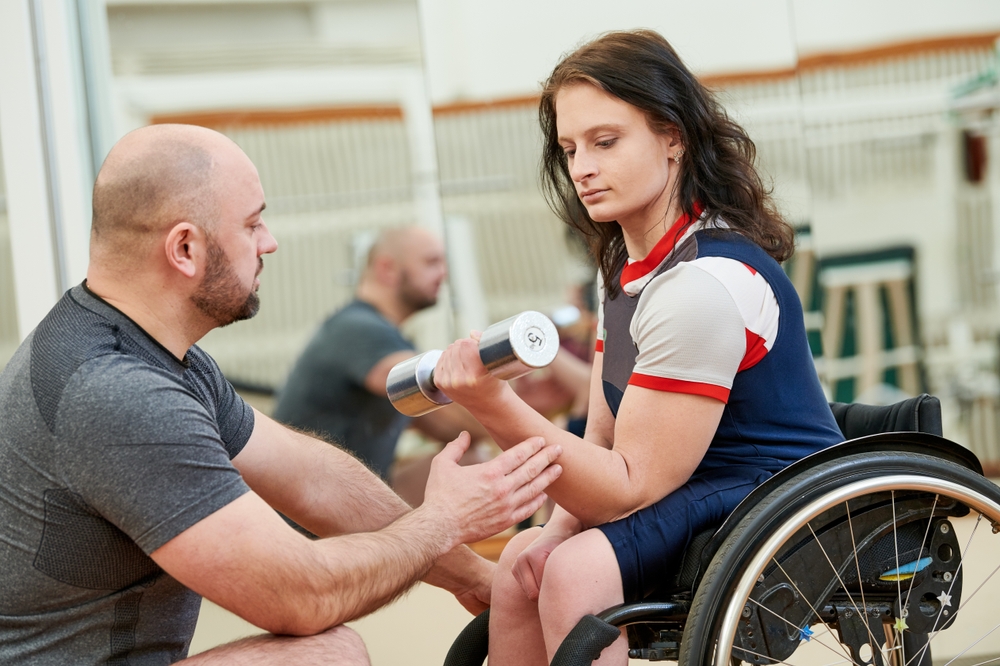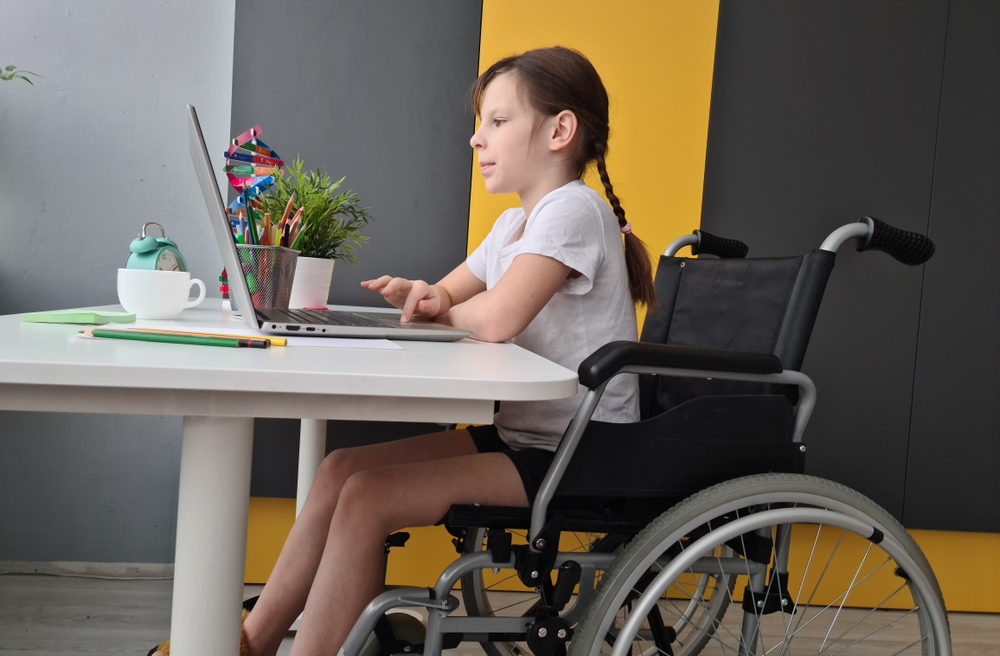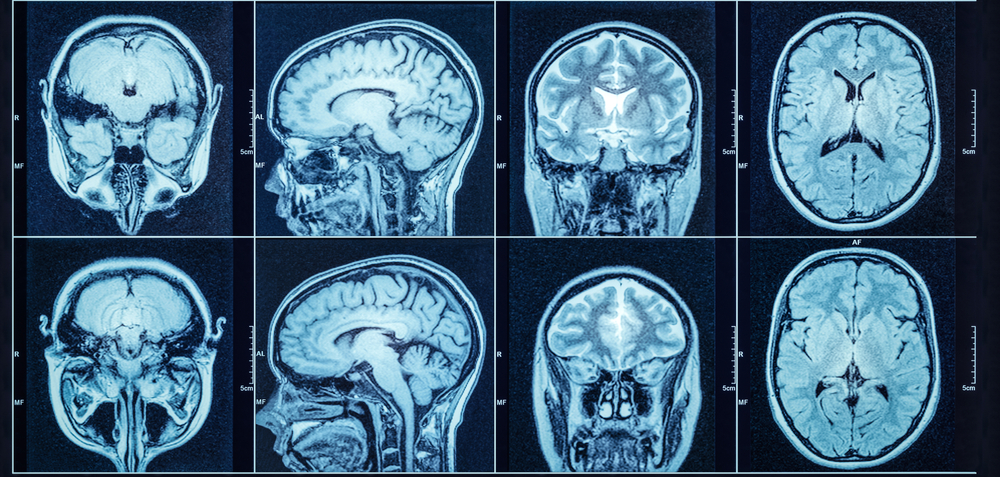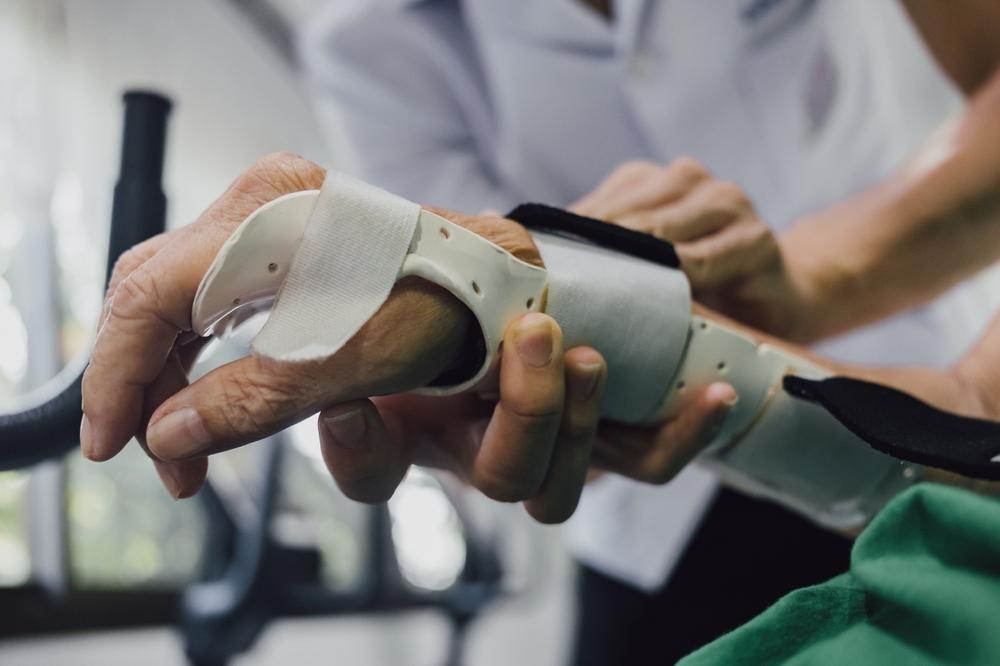Make an Appointment
Assistive technology (AT) plays a vital role in the lives of individuals with disabilities, empowering them to participate in everyday activities and lead more independent lives. The National Disability Insurance Scheme (NDIS) in Australia aims to support eligible Australians living with disabilities by providing access to personalized funding for essential services, including assistive technology. Physio Inq is a national NDIS provider and mobile in-home allied health provider servicing across Australia, offering a range of assistive technology solutions to help individuals live life to the fullest. In this comprehensive article, we will explore various examples of NDIS-funded assistive technology and discuss their impact on the lives of individuals with disabilities.
Table of Contents
I. Understanding the NDIS Plan and Assistive Technology Funding
II. Examples of Assistive Technology Funded by the NDIS
III. Levels of Assistive Technology: Level 1 and Level 2
IV. Five Assistive Technology Tools Making a Difference
V. Accessing NDIS Assistive Technology and Funded Supports with Physio Inq
VI. Conclusion
Understanding the NDIS Plan and Assistive Technology Funding
The National Disability Insurance Scheme (NDIS) is a transformative social support system that provides funding and resources for Australians with disabilities1. An NDIS plan outlines the individualized supports and services that a person with a disability is eligible to receive, including funding for assistive technology. Assistive technology refers to devices, equipment, and systems that help people with disabilities perform everyday tasks, communicate, and access their environment more easily.
When creating an NDIS plan, participants work with a planner or Local Area Coordinator (LAC) to determine the most appropriate supports and services for their unique needs. Assistive technology funding is often included in a participant's NDIS plan to help them achieve their goals related to independence, social participation, and overall quality of life. As a national NDIS provider, Physio Inq can assist individuals in understanding their NDIS plan and accessing the assistive technology solutions best suited to their needs.
To determine the appropriate assistive technology solutions for a participant, an assessment may be required by an allied health professional, such as an occupational therapist, physiotherapist, or speech pathologist. These professionals can help participants identify the most suitable devices or equipment for their specific needs and ensure that they are used safely and effectively.
For more information on assistive technology and its role in helping individuals with physical disabilities, refer to our article, Breaking Barriers: Assistive Technology Devices for Physical Disabilities. To learn more about the connection between occupational therapy and assistive technology, check out Unlock Your Potential: Occupational Therapy and the Power of Assistive Technology.
Examples of Assistive Technology Funded by the NDIS
Assistive technology funded by the NDIS covers a wide range of devices and equipment designed to support individuals with disabilities in various aspects of their lives. Some examples of NDIS-funded assistive technology include:
Mobility Aids: Devices such as wheelchairs, walkers, and scooters provide individuals with mobility impairments the freedom to move around independently. These aids can be customized to meet the specific needs of each user, ensuring comfort and functionality.
Communication Devices: For individuals with speech impairments, communication devices such as speech-generating devices and augmentative and alternative communication (AAC) systems play a critical role in enabling effective communication. These devices can range from simple picture boards to high-tech systems with voice output.
Hearing Devices: Hearing aids and cochlear implants are essential for people with hearing impairments, amplifying sound and enabling better communication and engagement with the world around them3. These devices can be adjusted to suit the individual's specific hearing needs and preferences.
Home Modifications: Home modifications, such as ramps, grab bars, and adaptive kitchen utensils, can make daily tasks and accessing different areas of the home safer and easier for individuals with disabilities. Home modifications funded by the NDIS are tailored to the unique needs of each participant, ensuring maximum functionality and independence.
For more information on assistive technology devices for physical disabilities, refer to our article, Breaking Barriers: Assistive Technology Devices for Physical Disabilities.
Levels of Assistive Technology: Level 1 and Level 2
The NDIS classifies assistive technology into different levels based on their complexity, cost, and potential risk to the user. Understanding these levels can help participants and their support team determine the most appropriate devices and equipment for their needs.
Level 1 Assistive Technology includes low-cost, low-risk items that can be easily purchased off the shelf without the need for a professional assessment or prescription4. Examples of Level 1 AT include non-slip mats, large-print labels, and jar openers.
Level 2 Assistive Technology encompasses more complex or customized devices that may require a professional assessment to ensure proper fit, function, and safety. Examples of Level 2 AT include customized wheelchairs, speech-generating devices, and home modifications.
When determining the appropriate level of assistive technology for a participant, the NDIS considers factors such as the individual's specific needs, goals, and the potential risks associated with the device or equipment. Physio Inq can help individuals navigate the process of identifying and accessing the appropriate level of assistive technology through their NDIS plan.
For more information on occupational therapy and the power of assistive technology, refer to our article, Unlock Your Potential: Occupational Therapy and the Power of Assistive Technology.
Five Assistive Technology Tools Making a Difference
Assistive technology continues to evolve, and new tools are constantly being developed to improve the lives of individuals with disabilities. Here are five assistive technology tools that are making a significant difference:
Smart home technology: Smart home devices, such as voice-activated assistants and smart lighting systems, enable individuals with disabilities to control various aspects of their home environment with ease. These technologies offer increased convenience and independence, allowing users to manage their home environment without the need for physical assistance.
Eye-tracking technology: Eye-tracking systems allow users to control computers, tablets, and communication devices using only their eye movements. This technology is particularly beneficial for individuals with limited mobility, offering them the ability to communicate, access information, and engage in leisure activities more easily.
Exoskeletons: Exoskeletons are wearable devices that support and enhance the user's physical capabilities. These devices can be used for rehabilitation, enabling individuals with mobility impairments to regain strength and function, or as assistive devices to help users perform daily tasks more easily.
Smart prosthetics: Advances in prosthetic technology have led to the development of smart prosthetics, which utilize advanced materials and sensors to provide users with more natural, intuitive control. These devices can significantly improve the quality of life for individuals who have experienced limb loss.
Telehealth services: Telehealth services enable individuals with disabilities to access healthcare and allied health services remotely, reducing the need for in-person appointments. Physio Inq offers telehealth services in physiotherapy, occupational therapy, speech pathology & exercise physiology, allowing participants to receive professional support and guidance from the comfort of their own homes.
Conclusion
Assistive technology plays a crucial role in the lives of individuals with disabilities, empowering them to achieve greater independence, participate in their communities, and enhance their overall quality of life. The NDIS provides funding for assistive technology solutions, ensuring that eligible Australians with disabilities have access to the tools and equipment they need to live life on their own terms. Physio Inq, as a national NDIS provider and mobile in-home allied health provider servicing across Australia, is committed to helping individuals access the appropriate assistive technology and funded supports through the NDIS.
By understanding the different levels of assistive technology, staying informed about the latest tools and devices, and partnering with a dedicated provider like Physio Inq, individuals with disabilities can unlock their potential and experience a more fulfilling, independent life. To learn more about how Physio Inq can help you access NDIS-funded assistive technology and support services, contact our team today on 1300 731 733.
Date Published: Tuesday, April 11, 2023
Locate a NDIS Occupational Therapy
Service Near me
Get the experience & convinence you deserve to support your or a loved one's allied health needs.
Our NDIS Occupational Therapy team are currently serving & taking appointments in the following states and regions in Australia:
New South Wales
- Blacktown
- Blue Mountains
- Campbelltown And Macarthur
- Canterbury-Bankstown
- Eastern Suburbs Sydney
- Georges River
- Hawkesbury
- Inner East Sydney
- Inner West Sydney
- Lower North Shore
- Newcastle
- Northern Beaches
- North Sydney
- Parramatta
- Penrith
- South West Sydney
- Sutherland Shire
- Sydney CBD
- The Hills Shire
- Upper North Shore
- Waverley
- Wollongong
Tasmania
Victoria
Need to get into direct contact with ur Client Services team? We're all ears. Call our team directly on 1300 731 733









